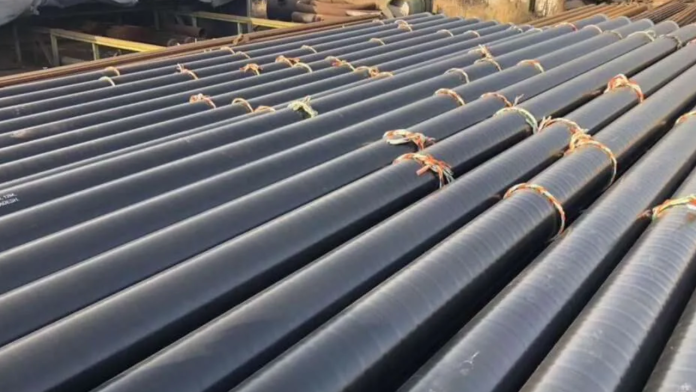One of the fundamental estimates that affect how it is carried out is the outer diameter (O.D.).The outer diameter is the entire outside width of the pipe and plays a noteworthy part in deciding the pipe’s basic integrity, stream capacity, compatibility with fittings and joints, and general usefulness. Understanding how the external diameter affects Schedule 40 pipe performance is vital for selecting the appropriate pipe for specific applications.
The Impact of Outer Diameter on Schedule 40 Pipe Performance
The outer diameter of schedule 40 pipe od altogether impacts its structural integrity, stream capacity, compatibility with fittings, warm expansion, weight evaluations, and ease of installation. Understanding these impacts is vital for selecting the correct pipe for different mechanical, commercial, and private applications, guaranteeing ideal performance and durability.
Structural Integrity
The outer diameter of the Schedule 40 pipe specifically impacts its structural integrity. A bigger external distance generally indicates a sturdier pipe that can withstand higher external weights and loads. Usually especially vital in applications where the pipe is subjected to significant mechanical stresses, such as in construction and infrastructure projects. For case, larger diameter pipes are often utilized in bridge supports and building systems where they must bear significant loads without deforming or failing.
Flow Capacity
Flow capacity is another basic aspect influenced by the outer diameter of Schedule 40 pipes. Whereas the inner diameter (I.D.) decides the genuine stream capacity, the external diameter plays a part in the general design and choice preparation. A bigger outer diameter by and large connects with a bigger inner diameter, permitting for a more noteworthy liquid stream through the pipe. Usually essential in applications requiring the transportation of critical volumes of liquids or gasses, such as in water supply systems, wastewater management, and industrial liquid transport.
Conformity with Joints and Fittings
When it comes to Schedule 40 pipes and their compatibility with various fittings and couplings, the outer diameter is essential. Standardized fittings and connectors provide leak-free and secure connections by matching specified outside breadths. Using a pipe that has the correct exterior diameter throughout ensures that it fits tightly into couplings, elbows, tees, and other fittings, preserving the piping system’s integrity.
Thermal Contraction and Expansion.
Thermal Expansion and Contraction
Thermal expansion and compression are wonders that influence all materials, counting Plan 40 channels. The external breadth of the pipe impacts how it reacts to temperature changes. Bigger distances across channels have more surface range uncovered to temperature varieties, which can lead to more noteworthy extension and withdrawal compared to smaller diameter pipes. This is often an imperative thought in applications where the channels are uncovered to fluctuating temperatures, such as in outdoor installations or hot water systems.
Weight Ratings
The outer diameter moreover influences the weight rating of Schedule 40 pipes. Weight rating refers to the most extreme weight the pipe can securely withstand without failing. Whereas wall thickness is the essential determinant of weight rating, the external distance across contributes to the general quality and pressure-bearing capacity of the pipe.
Installation and Handling
The outer diameter of Schedul 40 pipes impacts their installation and handling. This can affect the overall cost and complexity of the project. Conversely, smaller diameter channels are simpler to handle and introduce, making them reasonable for applications where adaptability and ease of installation are needed, such as in residential plumbing and irrigation systems.
Conclusion
The outer diameter (O.D.) of Schedule 40 pipes plays a pivotal part in deciding their performance over different applications. It impacts auxiliary integrity, stream capacity, compatibility with fittings and joints, warm expansion and contraction, weight appraisals, and installation and taking care. By understanding how the external distance influences these aspects, engineers, designers, and end-users can make informed choices when selecting and using Schedule 40 pipes.











